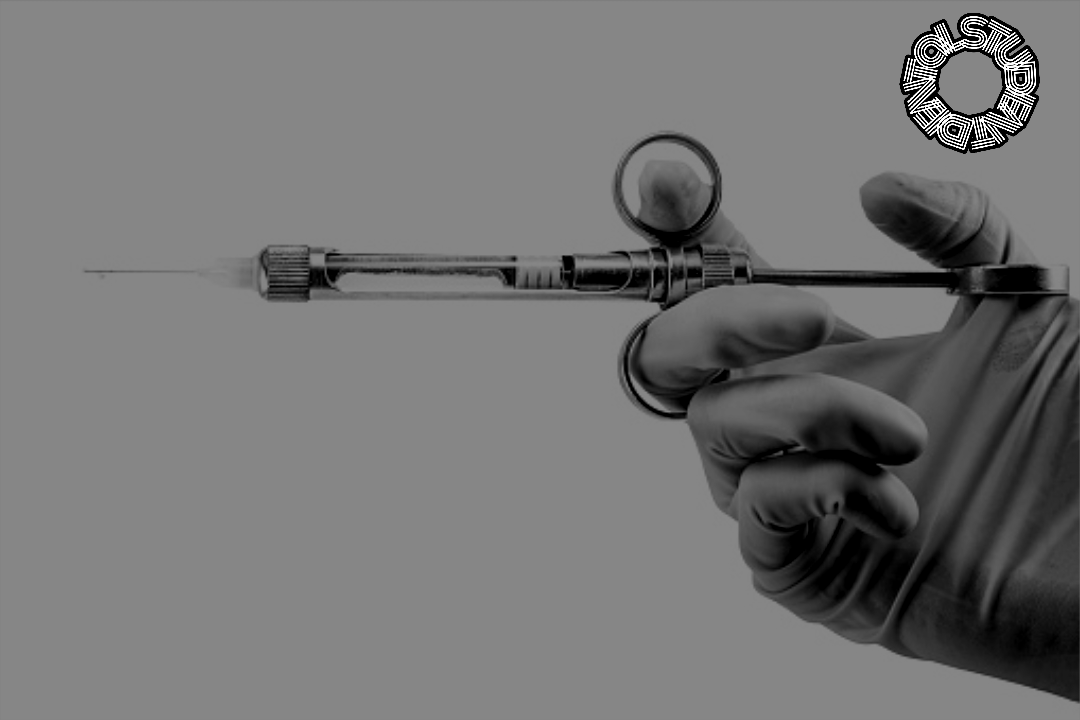, Techniques for Lessening Injection Pain
Injection pain is brought on by the needle’s insertion and the anesthetic’s penetration of the skin.
Ideally, all anesthetics should be administered with the smallest gauge needle, which is often 25 to 30.
In addition to the regular application of lidocaine, adjunctive procedures involving topical anesthetics, cryotherapy, or distraction may be used. By stimulating local sensory nerves when you pinch your skin, you can partially prevent the transmission of other unpleasant stimuli.
The pain of the anesthetic itself can be lessened by injecting gradually and steadily.
If clinically necessary, raising a wheal is less painful when subcutaneous tissues are injected into than when the dermis is directly penetrated.
Ethyl chloride is combustible and shouldn’t be utilized with electrocautery, as doctors should keep in mind.
Numerous studies have demonstrated that combining sodium bicarbonate with lidocaine greatly lessens any burning during infusion.9,10
Just before the procedure, the doctor will frequently combine nine parts lidocaine (1 to 2 percent) to one part sodium bicarbonate (8.4 percent) in a syringe or anesthetic bottle.
Raising the anesthetic solution’s pH also seems to lessen the discomfort of the injection without decreasing the anesthesia’s effectiveness. 11
It seems that buffered anesthetics’ shorter shelf life is the only downside. After a week, buffered anesthetics may lose their effectiveness. 12
Both buffering and warming lidocaine to body temperature appear to reduce injection pain in a similar way that is additive. 11
